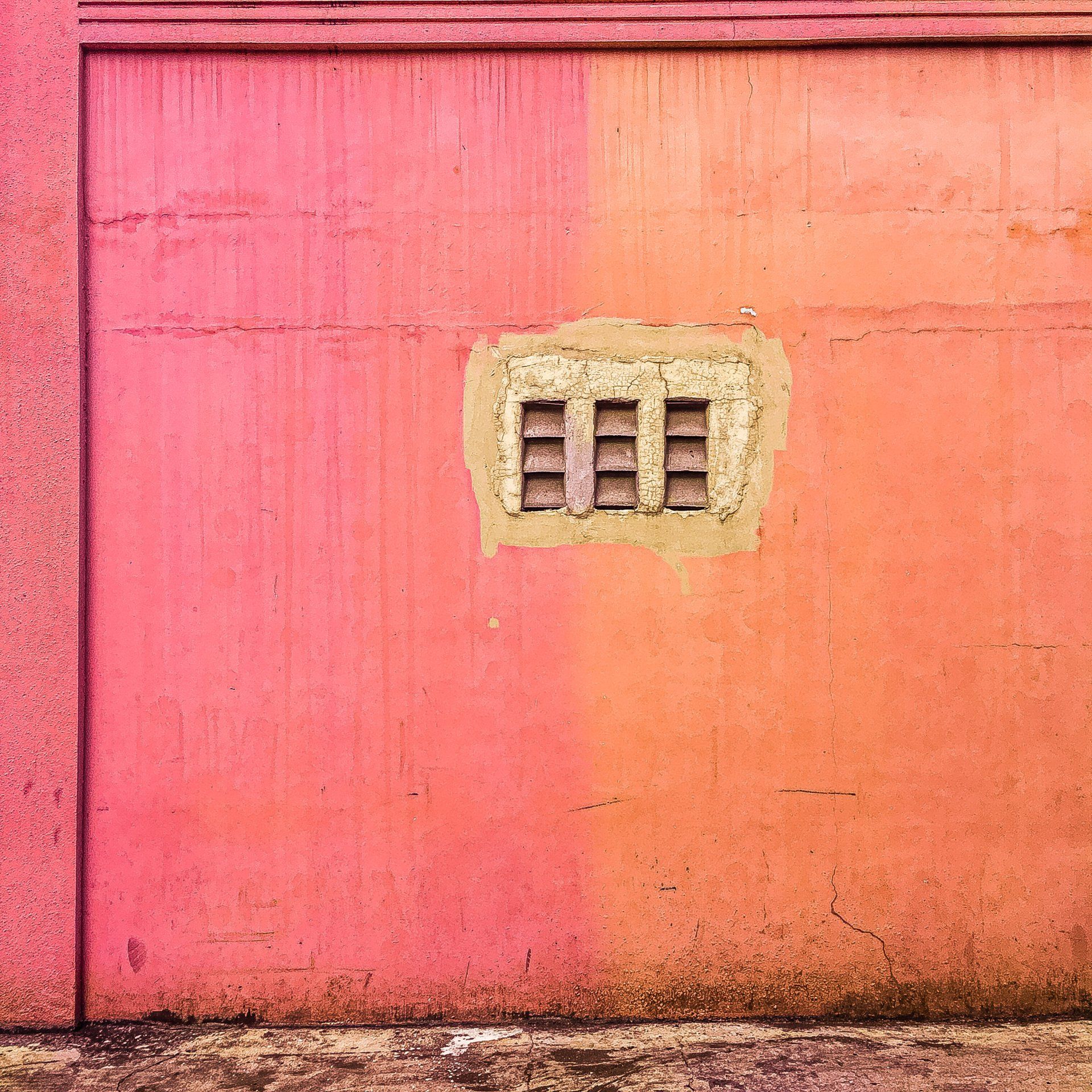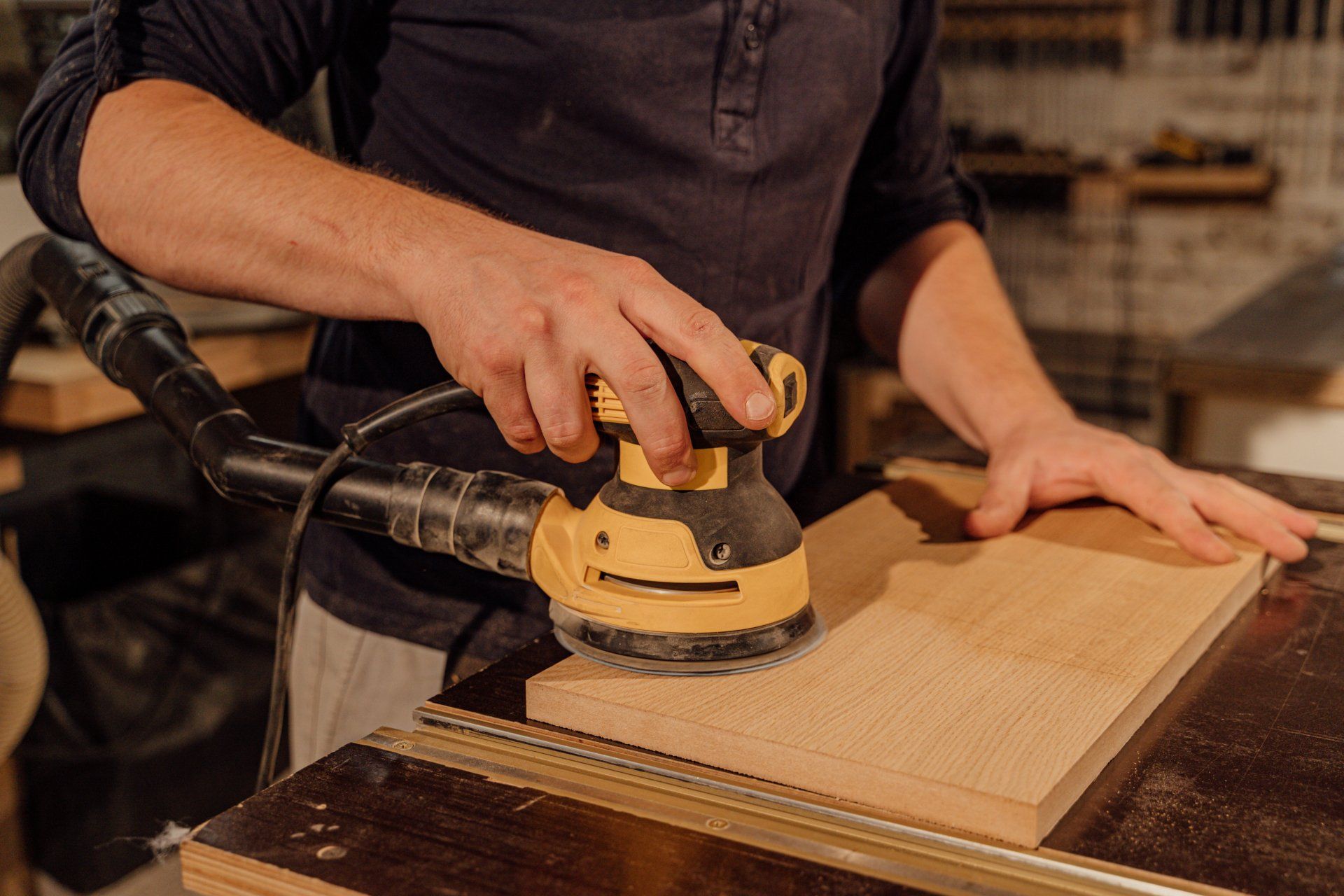How Can You Stain Brick?
How Can You Stain Brick?
If you're ready to transform the look that your fireplace or exterior, knowing how to stain brick might be on your wish list. It is important to know the difference between how to stain brick and paint for the best results and make sure you have the appropriate equipment and materials to complete the task correctly. Follow the steps here regarding how to stain bricks and determine if staining is the right option for your residence.
Staining Brick
In the beginning, you'll have to decide which kind of stain will work best for your brick-staining project, and collect the equipment and materials prior to deciding how to start. Many hardware stores will permit you to try stain samples to allow you to play around with the mixture and experiment to find the perfect shade.
There are two main kinds of brick stain that you can pick:
The stain that is water-based is what we suggest for the majority of projects. The stains are simple to apply, can stop water build-up, and allows for airflow to the brick.
Stains that are mixed with sealant. This type of stain creates an impervious coating on bricks, but it can also cause the development of water-based damage in time. We recommend this stain kind for small areas or bricks that are porous. A sealant can create a vapor barrier that traps water within the bricks. If it is frozen, cracks may occur if water isn't able to evaporate first. Applying this method in small spaces or with bricks that have already been bred is an ideal idea.
Step 1. Clean the brick and decide if you'll need to get rid of any sealant that is in place.
Pour one cup of water on the brick's exterior. If it dries up and then runs away, it's time to remove the sealant prior to painting the brick. You can try to remove the sealant with the help of lacquer thinner leaving it to sit for 10 minutes before taking it off using the hose or a power washer when outside. You can wash it off by using water and a towel in case you are inside.
Even if there's not any sealant in the brick, it is necessary to clean the brick from top to bottom using water and mild detergent.
Step 2. Take precautions to protect yourself and the surrounding area.
Set down drop cloths and put on protective clothing and safety glasses prior to beginning the process of staining. Use painter's tape to tape off any areas that you are not planning to stain.
Step 3. Carefully follow the directions on the container for mixing the stain.
If you're mixing colors for stain, be sure to measure carefully and note the amount to ensure you keep creating the same color.
Step 4. Place the stain on the wall.
Brush in one gentle motion across each brick in a single, smooth motion. For bricks with no mortar between them, brush in repeated strokes, covering each surface twice. Apply the paint as you go by using the corner of the brush. To ensure uniform shade, mix the stain every time it is dipped into. The stain should be applied to the bricks in an alternating pattern, instead of staining all bricks in rows. This keeps the look of the stain as natural as it can be.
Step 5. Wash the mess and rinse it away.
Do not allow drips to dry. Instead, clean them immediately using the help of a moist rag.
Step 6. Let the stain to completely dry.
The time it takes to dry is contingent on the temperature, humidity, and the airflow within the region.




